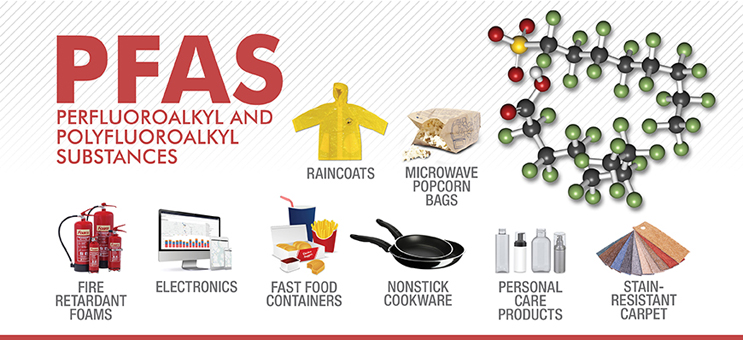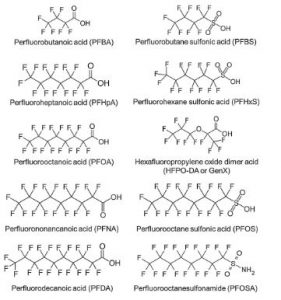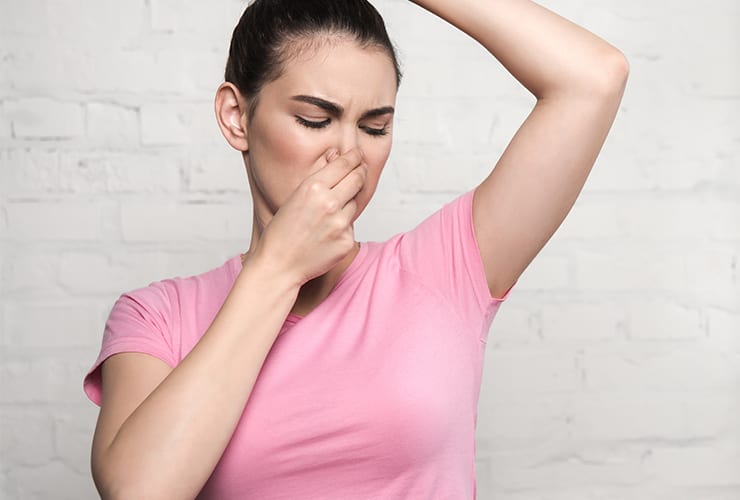
You probably have something strange within your body right now. It was produced by a huge corporation and might be harmful to you. That thing is referred to as PFAS chemicals.
Per- and polyfluoroalkyl substances, or PFAS as they are more often known, are a wide class of compounds that give some products their nonstick or stain-resistant properties. According to research, these substances can be harmful. Cancers, weaker immune systems in youngsters, weight gain, and a host of other health issues have all been related to PFAS exposure.
According to the Centers for Disease Control and Prevention, PFAS constitute a public health issue. However, businesses continue to make them.
The fact that almost all Americans, regardless of how healthy they may be, have some PFAS in their blood is particularly concerning. These substances are used to help resist water and oil in a variety of consumer goods, including fast food and clothing. In some instances, they even contaminate the air we breathe. They even contaminate the water we drink. An advisory from the Environmental Protection Agency claims that even trace quantities of PFAS in drinking water may be harmful to human health. The good news is that there are measures to prevent exposure, such utilizing a water filter. And according to recent research, there might be a straightforward method to eliminate them in the environment.
What are PFAS chemicals?
They are chemicals that we put into everyday things like our fast food containers, carpeting, and cosmetics. These substances are highly lucrative and repel fat and oil. And it turns out that they can have negative health impacts when consumed by humans, whether through their diet or water.
Atomic bonds of carbon and hydrogen make up an organic molecule. Fluorine is used in place of hydrogen to create PFAS molecules. As a result, it is very challenging to break the chains of fluorine-carbon bonds that make up PFAS molecules.

Where do PFAS come from?
PFAS are produced by chemical corporations, who then sell them to other businesses who utilize them in an astonishingly wide range of products. Really, they are everywhere: in clothing, rugs, fabrics, outdoor equipment, paper packaging, and food packaging.
They are mostly utilized as surfactants since they deter water and oil. Therefore, PFAS are frequently applied when you have a spill on your furniture and want to keep it clean.
Should we be worried about chemicals exposure?
Those who unintentionally come into contact with those highly contaminated locations are the ones who should be most concerned. They deal with more serious issues, like cancer. Every major organ system in the body has some type of statistical correlation with PFAS, which is unsettling. You can discover an association for any disease you can name.
Exposure to PFAS has been linked to a decrease in the generation of antibodies in children following routine immunization. That is a sign of overall immunological wellness. Numerous studies link increased exposure to certain PFAS with an increase in the severity of Covid-19. Diabetes and the capacity to lose weight have also been linked to it. The breastfeeding effect is another very terrible effect. PFAS can obstruct the metabolism of fat. According to anecdotal evidence, many women say that they are unable to continue breastfeeding their children due to a shortage of [breast milk] production.
See also





